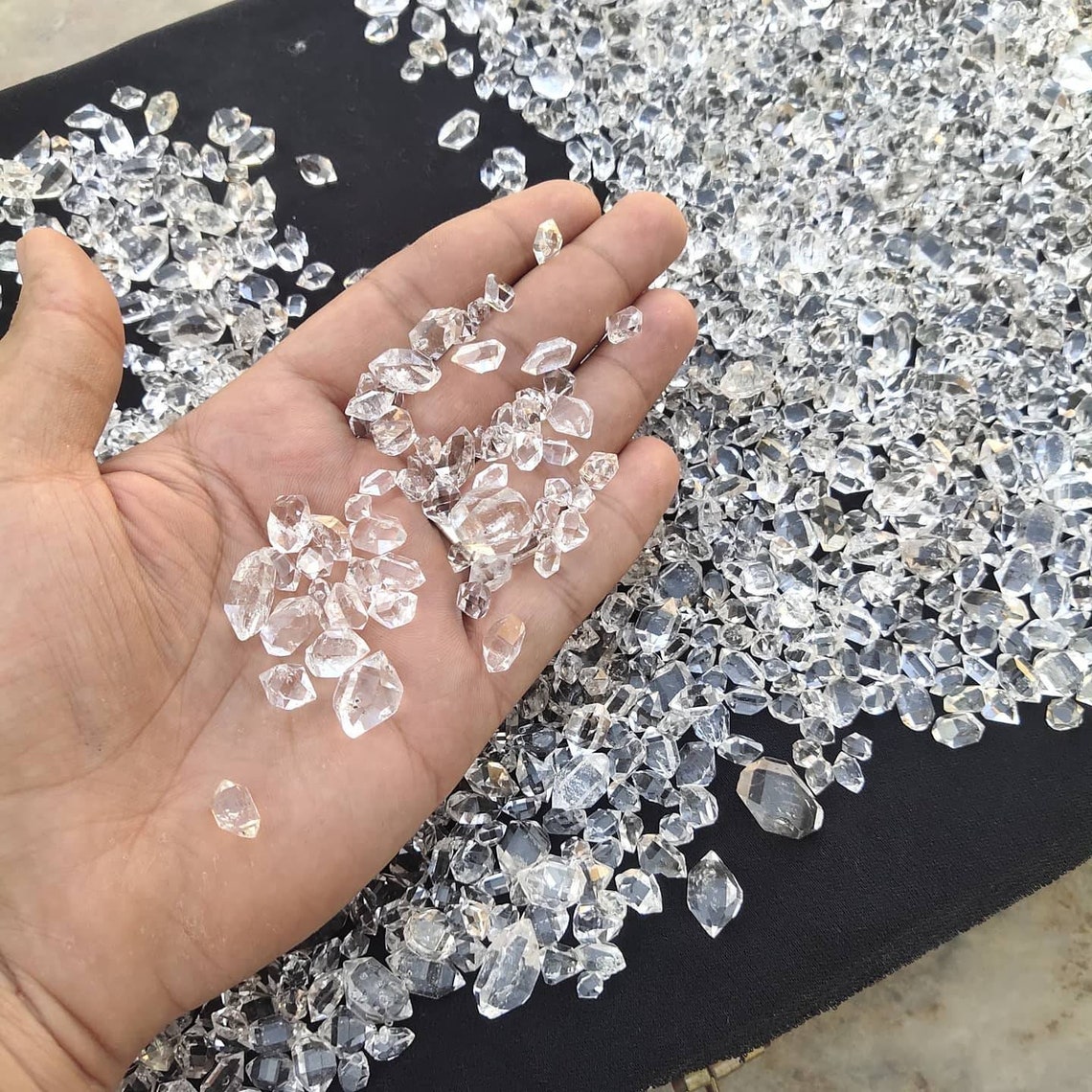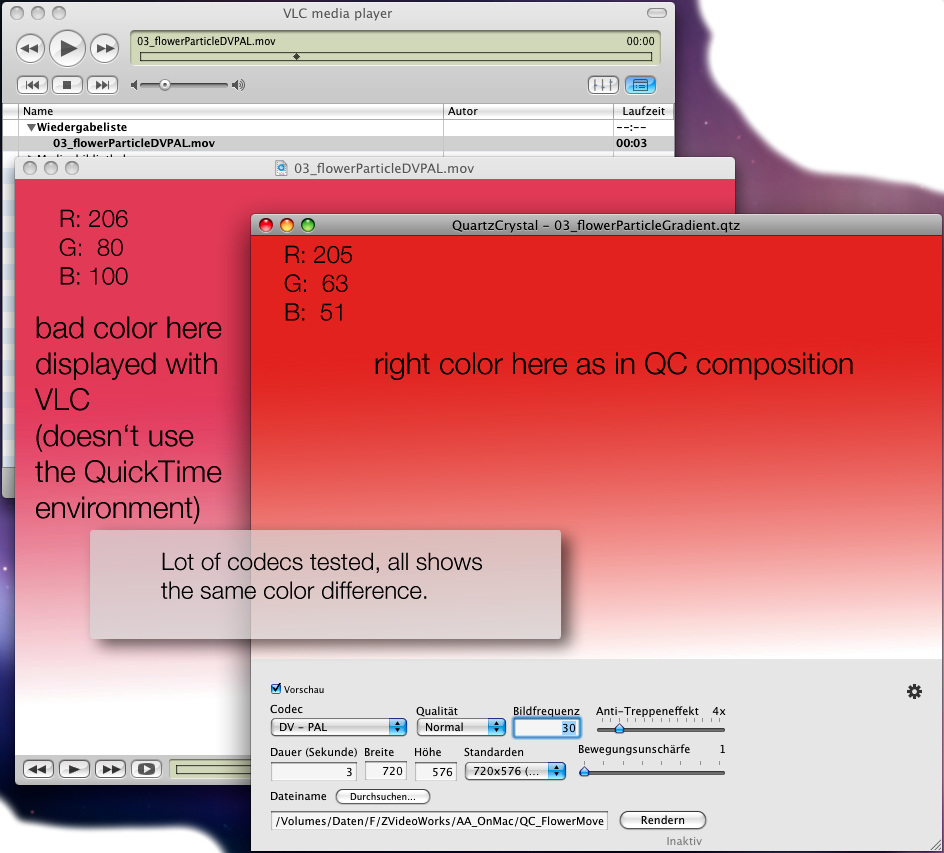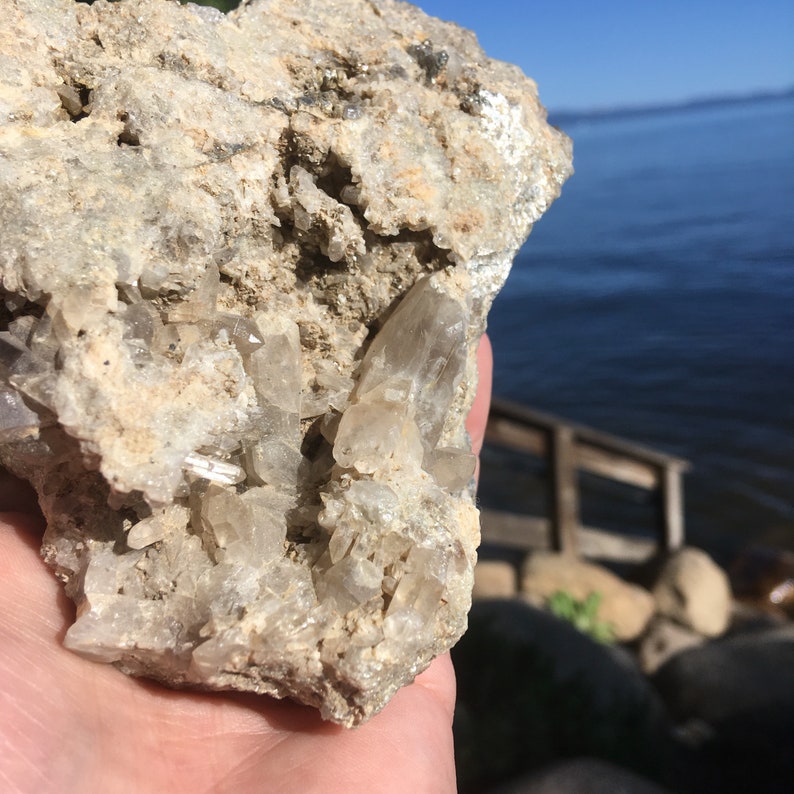

While these are characteristics of a quartz crystal as well, the final performance you get from your own oscillator will depend on the circuit as well as the crystal.įor example, an oscillator with very high-temperature stability would be internally temperature-compensated (a TCXO). The advantage of buying an oscillator is that you will have guaranteed characteristics such as tolerance and temperature stability. To avoid having to get involved in oscillator design you can buy an oscillator rather than just a crystal. This requires a specially tuned oscillator design to make sure you don’t oscillate at the fundamental frequency. For very high frequencies the crystal will be forced to oscillate at is third, fifth or even seventh or ninth harmonic (overtone). The natural frequency of each vibration mode will be quite different. If you imagine a thin disc of quartz then it could flex like a drum or compress and expand across its thinnest dimension, or its longest dimension. Which is worth reading if you want more detail on quartz crystals, particularly temperature effects. The image below is from the Total Frequency Control (TFC) document It may seem surprising that crystals can cover such a wide range of frequencies without being the size of a brick for low frequencies or impossibly tiny for high frequencies, but that comes down to the cut and vibration mode. A low-frequency crystal for a watch (32.768kHz) will be cut differently to a crystal for above 1MHz. This resonance can be in different planes or vibration modes depending on the frequency of the crystal and the way the crystal is cut. The precise frequency of a quartz crystal relies on the natural resonance of the crystal. A quartz crystal oscillator uses the effect the opposite way round – a voltage applied to the crystal produces a tiny deformation of the crystal. The piezoelectric effect refers to the voltage produced when a piezoelectric material is stressed. Quartz crystal oscillators use the piezoelectric effect. In the diagram below the tickler coil is the lower part of L1.It is now 100 years since Alexander Nicholson at Bell Telephone Laboratories built and patented the first crystal oscillator, and crystals are still the main source of accurate oscillations up to UHF frequencies using quartz instead of Rochelle Salt (see US patent 2212845). The Hartley oscillator has a tickler coil like the Armstrong oscillator but it is part of the “front end’ of the circuit.

Drawing on this low power shifts the frequency of the oscillator. It is required because of the low power produced by oscillators. the oscillator itself should be isolated as much as possible from large temperature changesĪ buffer amplifier is used to improve frequency stability by isolating the oscillator from its load.

components should exhibit little change in value with changing temperature.there should be good isolation between the oscillator and its load.a well-regulated power supply should be used.

If an LC oscillator is used it should have the following characteristics for maximum stability. Quartz crystals are used where frequency stability is important. The oscillator frequency is usually produced using a resonant LC circuit or a quartz crystal. Hence design is important as amplifiers should not be oscillators! Frequency Production These factors are also present in amplifier operation.


 0 kommentar(er)
0 kommentar(er)
